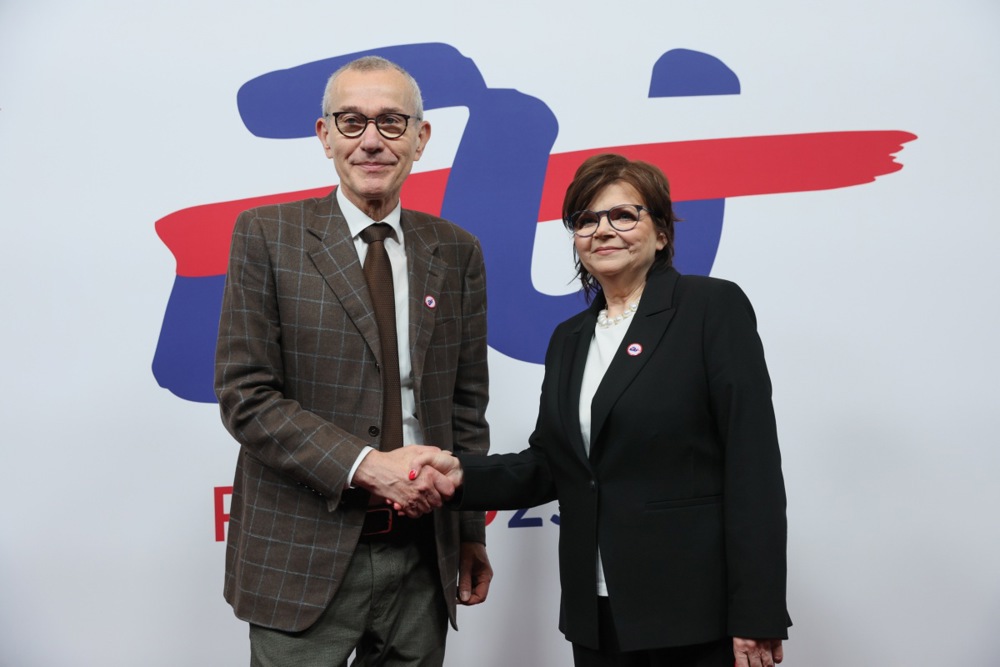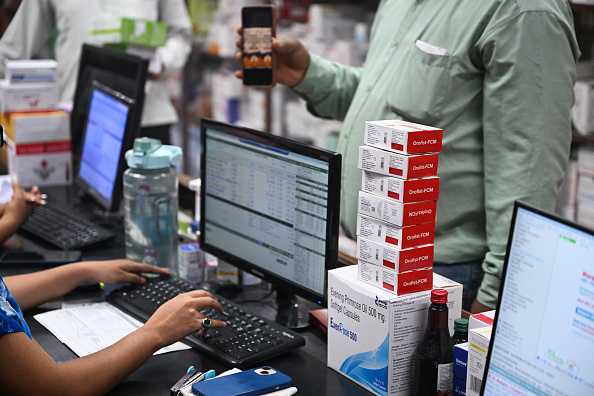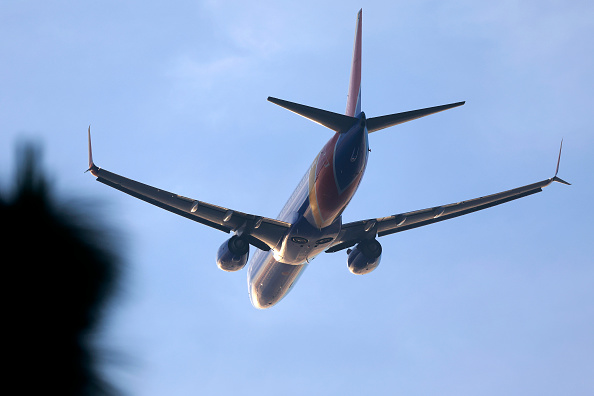A sharp contraction in Denmark’s economy has spotlighted the EU’s overdependence on a shrinking number of pharmaceutical giants, a weakness long flagged in competitiveness reports but now visible in GDP data.
Denmark’s output fell by 0.5 per cent in the first quarter of 2025, Statistics Denmark said May 20, the country’s worst result since 2022.
Bloomberg reported on May 20 that the decline was “dragged down by lower drug sales,” mainly from Novo Nordisk, a Danish global pharmaceutical company with headquarters outside Copenhagen. Stripped of pharma, the economy grew by 1 per cent.
Last year, the Draghi report had warned Europe’s growth now hinges on investment, innovation and strategic resilience, especially in life sciences.
Former Italian Prime Minister Enrico Letta, in his own report, made the same case: the single market’s fragmentation is now a liability on the global stage.
“The EU’s high import dependency for many key medicines, combined with global supply chains organised around a strong division of labour, is a major source of supply risk,” reads a May 20 policy brief from the Centre for European Policy (CEP).
Europe’s pharma footprint is shrinking on multiple fronts. Its share of global clinical trials has halved since 2004. R&D spending in China has grown nearly five times faster: China now accounts for 18 per cent of global trials.
Europe’s share of new medicines has fallen from 50 to 20 per cent in three decades. In the same period, the US widened its R&D spending gap over Europe from €2bn to €25bn.
The Letta and Draghi reports had called for integrated EU rules on pricing and clinical trials, warning that fragmentation was pushing investment elsewhere.
The European Federation of Pharmaceutical Industries and Associations (EFPIA), the pharma industry’s representation in the EU, echoed those calls May 20, saying new EU rules “erode intellectual property” and risk accelerating the decline.
Europe’s exposure is also physical. Belgian health minister Franck Vandenbroucke warned in March that 60 to 80 per cent of EU medicine supply now comes from Asia.
The European Commission Directorate General for Health said in April that over 75 per cent of APIs for generics are sourced from India and China. The CEP brief says excluding cooperation with such countries from Brussels’ pharma strategy weakens it.
On May 12, US President Donald Trump signed an executive order cutting prescription drug prices by up to 80 per cent, boosting domestic output and undercutting foreign suppliers.
Pharmaceuticals remain exempt from EU retaliation due to their export importance.
The EC’s Critical Medicines plan proposes new procurement rules and local production incentives.
But the CEP says the lack of financing detail and the “Made in EU” language could trigger trade friction. Strategic partnerships with third countries are mentioned but remain undefined.
EFPIA warned that requiring firms to launch in all 27 Member States won’t fix access gaps and will “prove highly damaging.” Danish MEP Stine Bosse and Swedish MEP Jessica Polfjärd have also warned of IP disputes with the US, just as Washington expands its own protections.
Poland is aiming to finalise the EU’s Pharma Package before Denmark takes over the Council presidency on July 1.





